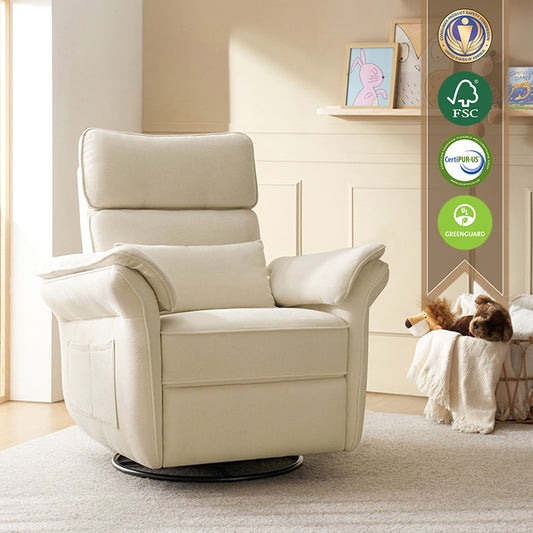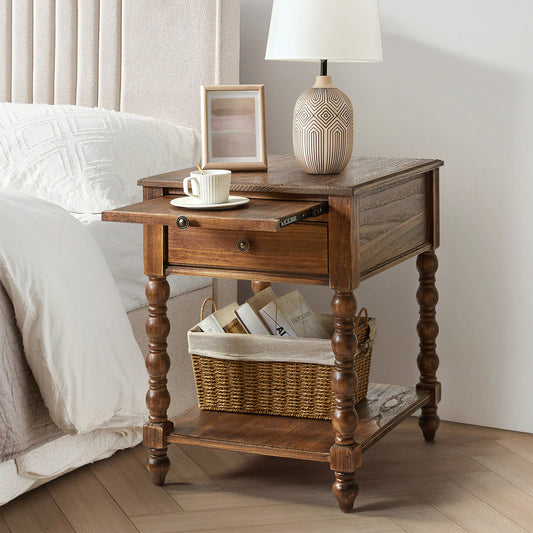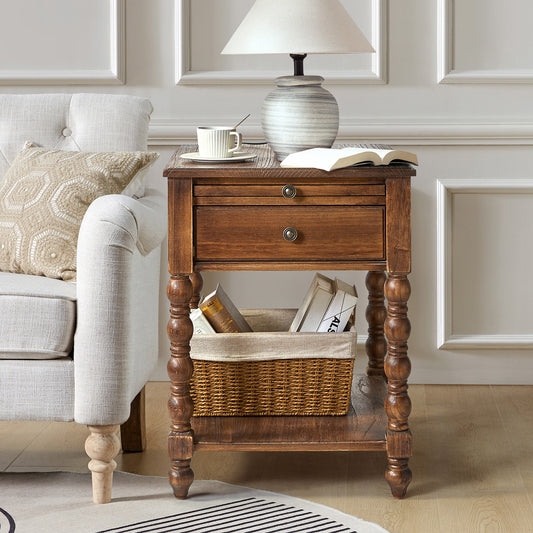Do You Really Know What's Mid Century Modern?

What is mid century modern?
When it comes to design, you have to admit people obsessed with mid-century modern. This style, often abbreviated as MCM, started in the mid-20th century, somewhere between the 1940s and 1970s. It’s all about simple lines, practical forms, and that perfect mix of beauty and function. It’s not just timeless; it’s transformative. It came about during a time of major innovation in materials and technology, and its influence on design history is still going strong today.
Mid-Century Origins
MCM’s story began in post-World War II America. Picture it: people needed affordable, functional, and easy-to-produce furniture—and designers delivered. This movement was hugely shaped by European modernist ideas, thanks to immigrants bringing fresh perspectives, especially from the Bauhaus school. The style wasn’t just about furniture; it was a whole vibe. With clean lines, organic shapes, and new materials like plywood and plastic, it revolutionized design. It’s amazing how something so practical ended up reshaping everything from furniture to architecture and even urban planning. Talk about global impact!
The Bauhaus Movement
If you’re wondering where MCM got its genius from, look no further than the Bauhaus movement. Born in Germany in the early 20th century, Bauhaus was all about stripping design down to its essentials: functionality, minimalism, and the perfect marriage of art and industry. This wasn’t just a movement; it was a mindset. Designers like Marcel Breuer brought those ideas to America, and it’s no surprise that mid-century modern soaked them up like a sponge. Think clean lines, geometric shapes, and innovative materials like glass and metal—all wrapped up in a mission to make great design accessible to everyone.
Key Furniture of Mid-Century Modern Style
If you’re new to MCM, there are a few iconic pieces you absolutely need to know about:
The Eames Lounge Chair and Ottoman: Charles and Ray Eames nailed it with this one. It’s the perfect mix of luxury and comfort—a total design classic.
The Noguchi Table: Isamu Noguchi’s coffee table is practically a sculpture. With its artistic base and glass top, it’s both functional and beautiful.
The Barcelona Chair: Ludwig Mies van der Rohe’s masterpiece is sleek and sophisticated. It screams elegance.
The Tulip Chair: Eero Saarinen ditched the four legs and gave us a pedestal base instead. It’s futuristic, fun, and perfect for any MCM dining room.
These pieces aren’t just furniture; they’re statements. They show how innovative materials and designs can stand the test of time.
Key Characteristics of Mid-Century Modern Style
So what exactly makes MCM so special? Here’s a quick rundown:
Clean Lines: Straightforward, with just a touch of curve.
Organic Shapes: Inspired by nature, with soft and flowing forms.
Functional Design: Beauty meets practicality. Every piece has a purpose.
Natural and New Materials: Think wood, leather, and wool, mixed with plastic, glass, and metal.
Bold Meets Neutral: Mustard yellow, teal, or orange—always paired with classic neutrals.
No Frills: Forget the fluff. MCM is all about letting the design shine.
How To Decorate Your Home With Mid Century Modern
Want to MCM your space? Here are some tips to help you nail the look:Start Big: Find one standout piece, like an Eames chair, to build the room around.
Mix It Up: Combine materials like wood, metal, and glass for that dynamic vibe.
Play with Colors: Neutral walls? Add bold accents with your furniture or decor.
Light It Right: Arc lamps, pendant lights—go for designs that stand out.
Keep It Simple: Less is more. Let the furniture do the talking.
Go Green: Plants make the space feel fresh and warm.
Mid-century modern isn’t just a style; it’s a statement. It’s about creating a space that’s as functional as it is beautiful. Trust me, once you start incorporating MCM into your home, you’ll never want to stop.



























No comments